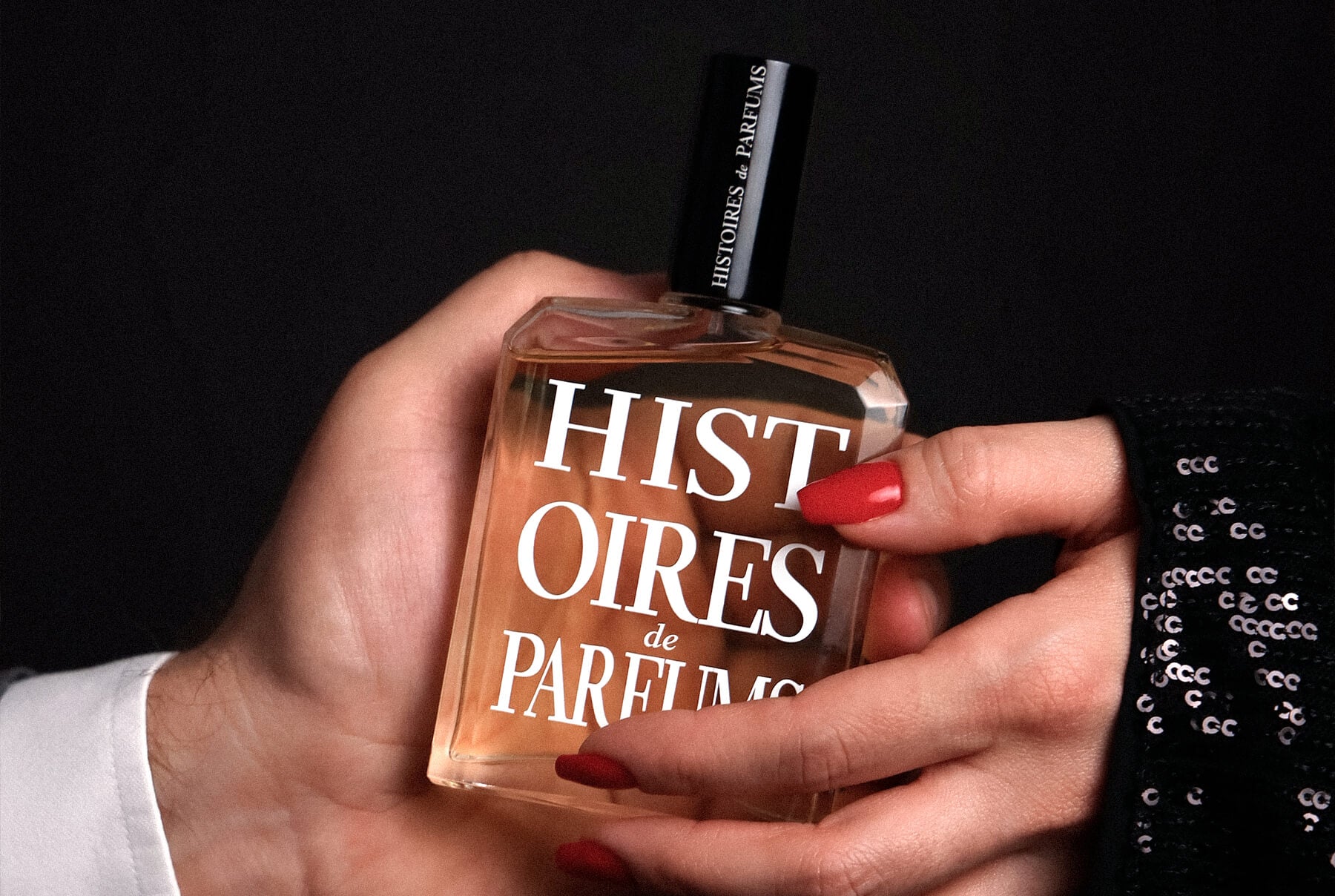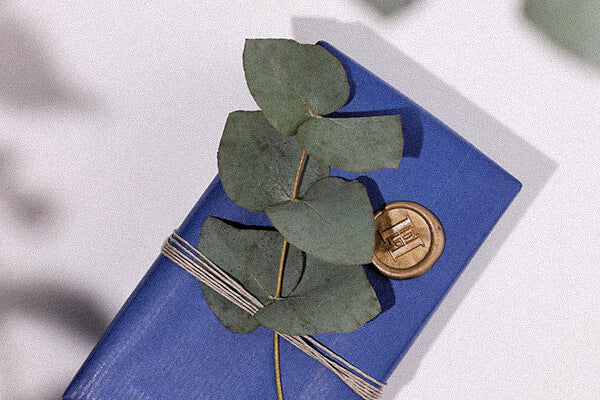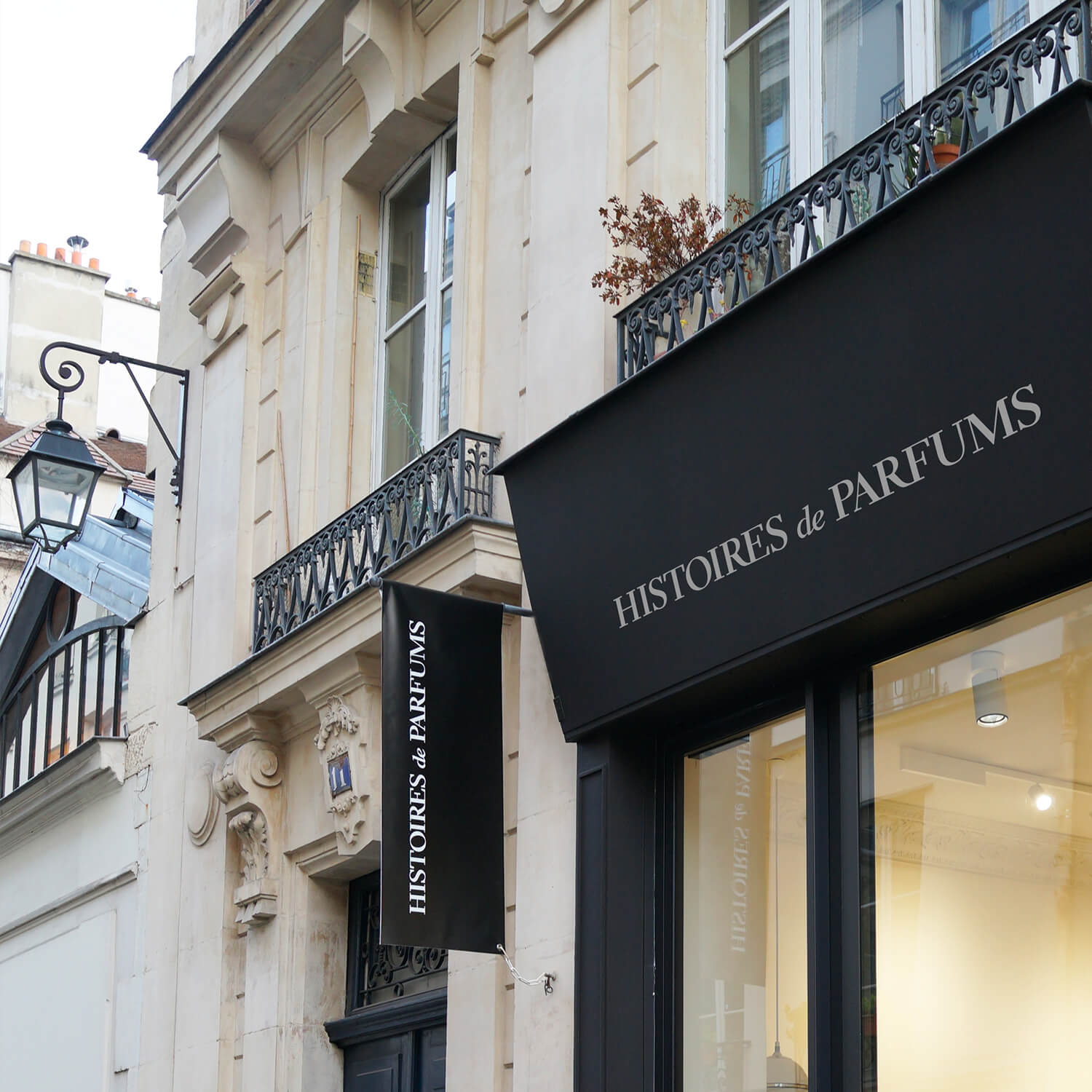
The origins of Valentine's Day.
In order to see this more clearly, we must go back to the Roman Empire. In those days, it was customary in mid-February to celebrate the Lupercalia. These ancient festivals, which were both purification and initiation rites, had nothing gallant about them. Priests would sacrifice a buck and use its blood to soak leather strips which would be used to whip the bellies of young women, to make them fertile, as it was believed – we are a long way from bouquets of red roses. Placed under the aegis of Faunus, the god of celebration, the Lupercalia generally ended in bacchanals, banqueting scenes and places of debauchery of which Rome had mastered the art and the manner. The rise of Christianity disrupted this custom so ancient that it predated the founding of Rome. In an effort to appease these pagan effusions, which were too savage in his eyes and dangerously enjoyed by the Christians who had begun to indulge in them, Pope Gelasius I had the Lupercalia banned and replaced with a festival of spiritual love celebrated on its eve, February the 14th, on Saint Valentine’s Day.
There are many theories about the real identity of the Valentine chosen as the patron saint of this festival of chaste love, especially as the sanctified Valentines were already numbered in pairs. The most widely accepted theory is that Saint Valentine was a priest who, at the height of the Roman persecutions, married young Christian couples. This expression of his priesthood would have earned him martyrdom and would have immediately made him a tutelary figure of the most Christian love except that Saint Valentine was never the patron saint of lovers but of beekeepers - it is only but short step from honey to chocolates.
This does not explain how this Christian festival celebrating a martyr became the festival of loving hearts. Some think that mid-February, when sap rises again in the trees, should be seen as an evocation of fertility and, in extenso, of love. Others think that it is due to a confusion between Valentine and Galatin - meaning gallant - whom the Normans also celebrated in mid-February. In any case, before the 14th century, that is eleven centuries after the martyrdom of Valentine, there is no evidence of love-praising customs taking place or associated specifically with this date.
Chaucer was the first to make such an association. In the Parliament of Foules, a poem honouring the wedding of Richard II and Anne of Bohemia, he writes 'for it was Valentine's Day, when the wild fowls come to take their mate'. Throughout the 699 verses that make up his Parliament, Chaucer paints a hitherto unseen love, based on natural conduct as opposed to the artificial codes of conduct adopted by those who believed that love was reasonable and capable of being controlled. This idea, closer to our modern vision of love, spread like wildfire in the literary circles of European courts. Some eleven years later, in 1401, Dukes Louis of Bourbon and Philip of Burgundy founded the Cour Amoreuse – the Loving Court – a company of artists and scholars whose aim was to honour women. On Valentine's Day, they were presented with courtly poems to judge, awarding the best writer a golden crown and a rosary. While these writings and institutions reflect a growing interest in a truer form of love, they fail to consider the female desire, their idealisation of women resulting in something of a social objectification under the guise of praise.
It was not until 1477 that we read the first mention of a 'Valentine' in the sense that we understand it, when Margery Brews, in a now famous letter, called her husband 'my well-beloved Valentine', suggesting a firmly established tradition. Later, it was Shakespeare who referred to Valentine's Day in A Midsummer Night's Dream and in Hamlet, where he had Ophelia say, " To-morrow is Saint Valentine’s Day, all in the morning bedtime, and I a maid at your window, to be your Valentine”. This last excerpt refers to another custom rooted in England and documented by the poet John Lydgate, which was for lovers to choose each other on Valentine's Day: “Saint Valentine, of custom year by year, Men have a usance in the region to look and search Cupid’s calendar and choose their choice by great affection”. Originating in England, this practice apparently crossed the Channel since in 1603, Saint François de Sales took offence at the fact that his parishioners, on Valentine’s Day, would put their names in an urn and draw couples at random, each Valentine finding an equal and being tied by bounds of “friendship” for the year.
As time went on, it became traditional in the 19th century to offer tokens of love to one’s Valentine, a gesture amply supported by the London Journal which, in its 1858 edition, stated that it was "natural and proper that at the beginning of spring, the predominating sentiment in the human mind should be the sentiment of love”.
A good reason to offer, if not a card, maybe one of our Valentine's Day fragrances to the one your heart has chosen...






Leave a comment
This site is protected by hCaptcha and the hCaptcha Privacy Policy and Terms of Service apply.